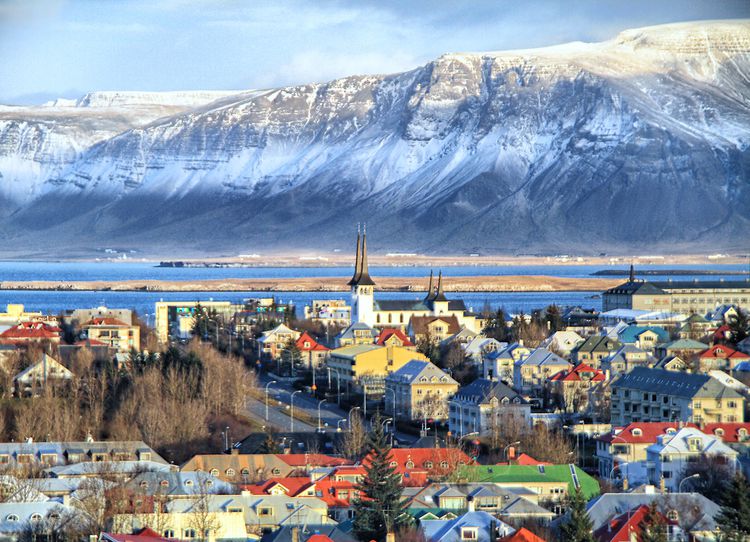Scandinavia Fast Facts Overview
Not sure where to begin learning more about Scandinavia? It’s easy. Start with this practical overview of some fast facts and important information about Scandinavia.
The 101: What and Where is Scandinavia?
Scandinavia is a historical and geographical region centered on the Scandinavian peninsula of Northern Europe. Theoretically, Scandinavia is defined as the three kingdoms that historically shared the Scandinavian Peninsula. Culturally speaking, Iceland, Finland, and the Faroe Islands are usually included when referring to “Scandinavia” or the Nordic Countries. Scandinavia has a total population exceeding 24 million.
Scandinavian Weather
The climate in Scandinavia is generally mild and pleasant. However, it varies significantly from north to south and from west to east. Depending on your destination, travel weather may vary from one Scandinavian capital to the next. Typically, Scandinavian summers are sunny and mild, while winters tend to be colder. More extreme temperatures can be found beyond the Arctic Circle.
Scandinavian Languages
The languages widely spoken in Scandinavia include Danish, Swedish, Norwegian, Icelandic, and Faroese. These languages are generally classified into two groups: East-Scandinavian (Danish, Swedish) and West-Scandinavian (Norwegian, Icelandic). Notably, Finnish belongs to the Finno-Ugric language family, distinguishing it from its Nordic counterparts.
Major Cities in Scandinavia
The cities in Scandinavia offer vibrant travel experiences for every visitor interested in exploring the unique Scandinavian city life and contemporary urban atmosphere. The capitals include Stockholm (Sweden), Oslo (Norway), Copenhagen (Denmark), Helsinki (Finland), and Reykjavik (Iceland). Additionally, notable cities worth visiting are the Norwegian city of Bergen, as well as Malmo and Gothenburg in Sweden.
Scandinavian Natural Phenomena
Scandinavia showcases breathtaking natural phenomena throughout the year, including the Northern Lights, the Midnight Sun, and the Polar Nights. These stunning displays are best experienced in regions located within the Arctic Circle, such as Iceland and the northern parts of Sweden, Norway, and Finland. Understanding how these phenomena occur provides deeper insight into the captivating Scandinavian landscape.





